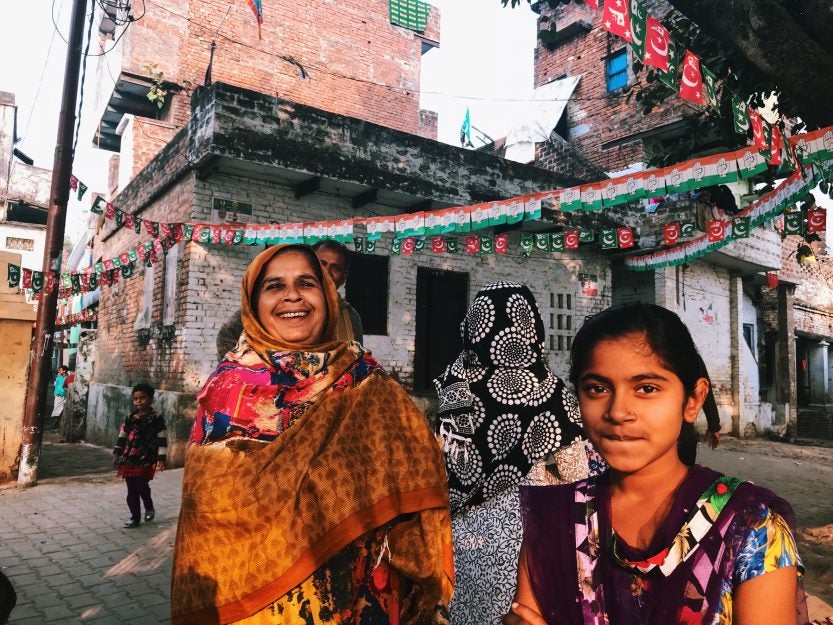Most interventions designed to protect children from serious harm begin after that harm has occurred. Preventing the harm in the first place would be a far preferable strategy. The UN Convention on the Rights of the Child – the most widely ratified international human rights treaty in history – recognized this thirty years ago. It requires states to take measures to prevent violence, abuse, injury, neglect, maltreatment or exploitation to children (article 19).
In the face of growing global evidence of an epidemic of violence and abuse against children, recent international fora also emphasize the urgency of a preventative approach to child harm. In 2015, world leaders committed to end all forms of violence against children by 2030 as part of the Sustainable Development Goals, acknowledging that “investment in preventing violence against children offers substantial returns.”
However, we still know very little about what preventing harm to children looks like in practice. Funders favour time-bound projects with visible outcomes, but prevention is a long-term process and the factors that lead to instances of child harm are complicated. There is little rigorous research in this area, in part because quantifying the counterfactual situation– the child that was never trafficked, or that married after, not before 18 – presents stark challenges for researchers.
Today, Harvard FXB is pleased to publish a study that makes an evidence-based case for prioritizing prevention, Before, Not After: An Evaluation of Aangan Trust’s Preventative Approach to Child Protection in India. The study documents and evaluates the work carried out by the children’s rights nonprofit Aangan Trust since late 2015 in Konia, a peri-urban slum area in Varanasi, a large city in the Indian state of Uttar Pradesh.
[Read the Executive-Summary and the Full Report]
Aangan’s model invests in the capacity of residents of poor communities, trained women that are known as “Child Protection Volunteers” (CPVs), to identify challenges to children’s safety and initiate responses before harm occurs. Like front line healthcare workers or community paralegals, these women act as intermediaries between families in the community and the complex web of state officials engaged in India’s fledgling child protection system.
The FXB study involved a mixed-methods quasi-experimental design. In partnership with the Indian research institute Pratichi Trust, researchers collected 64 qualitative and 1,024 quantitative interviews in Konia and in a nearby comparison site, Deendayalpur. The research involved a representative sample of children ages 10-17 and caregivers, as well as teachers, healthcare workers, police, non-profits and government officials. Results identify Aangan’s theory of change, assess how this matches up to the reality of program implementation, and evaluate the program’s results.
Results make a compelling case that, in little over two years, Aangan’s model achieved progress on issues that are structurally and historically entrenched. The report documents stories of children who avoided being trafficked, whose marriages were delayed, who were signed up for school. Overall rates of out of school children were significantly lower in the community where Aangan works than in the comparison site, and more working children studied part-time. Awareness of trafficking was dramatically improved, as well as knowledge of who to call when a child needed help. The Aangan volunteers helped children and families benefit from existing services, in particular health facilities and securing identity documents. Aangan also had a demonstrable impact on the impact of local service providers with duties towards children.
Nevertheless, the FXB study also shows just how difficult harm prevention work is, especially when carried out in a context where structural factors militate against child wellbeing. It highlights the need for more effective investments in education, social protection, economic development and legal enforcement. And it questions the viability of volunteer community work as a sustainable method for incentivizing early intervention and connecting families to government social protection programs.
Overall, “Before Not After” shows that Aangan’s harm prevention model has considerable potential to yield benefits to at risk children. Harvard FXB is now conducting data analysis for another evaluation of community-level prevention, the model run by Child in Need Institution (CINI) in West Bengal state. This work is intended to generate empirical data that can guide policy development, accelerate investment in initiatives that prevent child harm from happening, and spark further research in this field.

